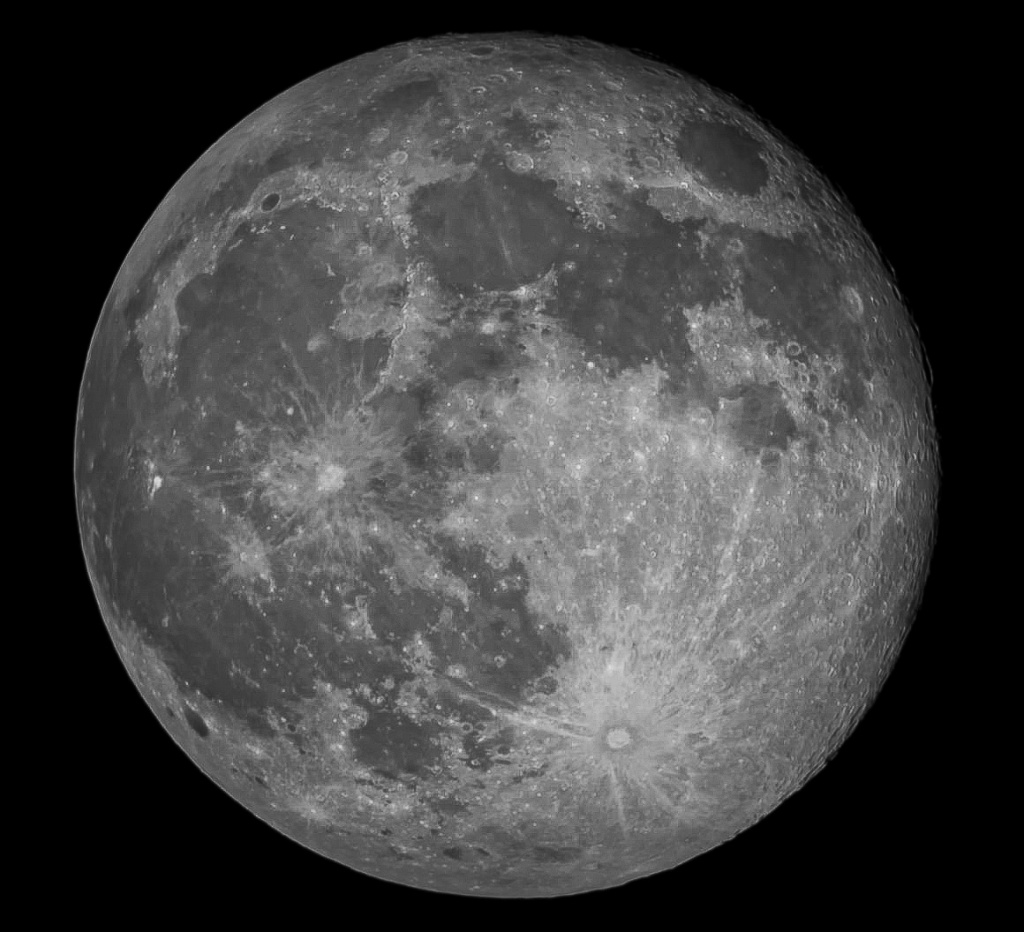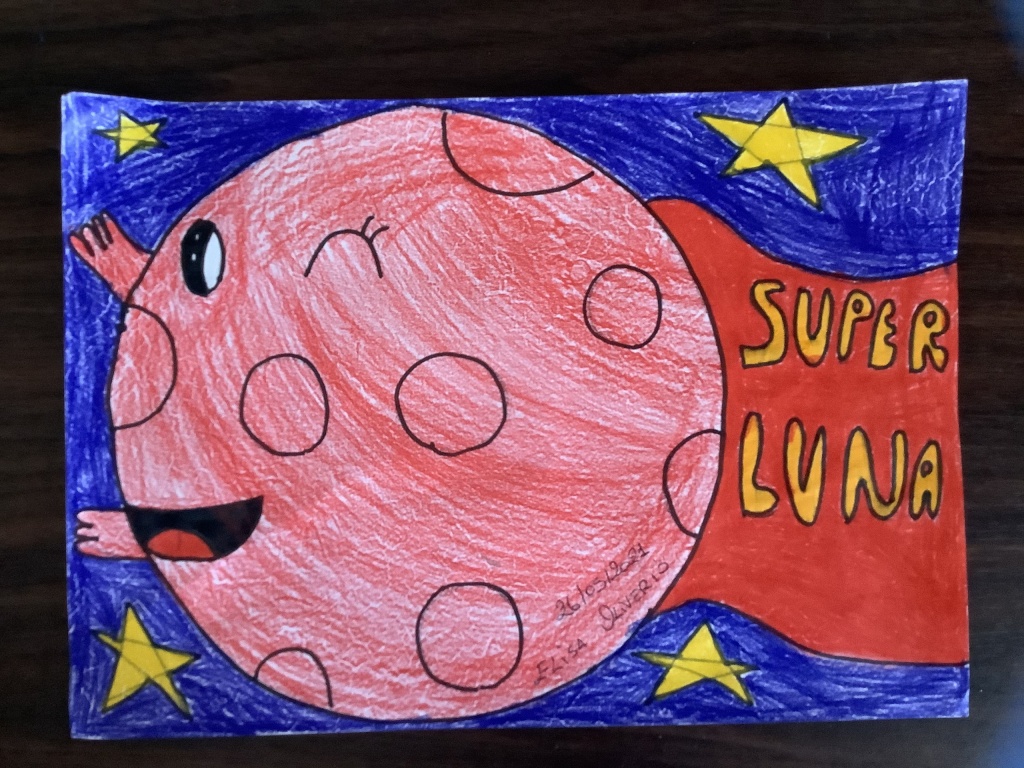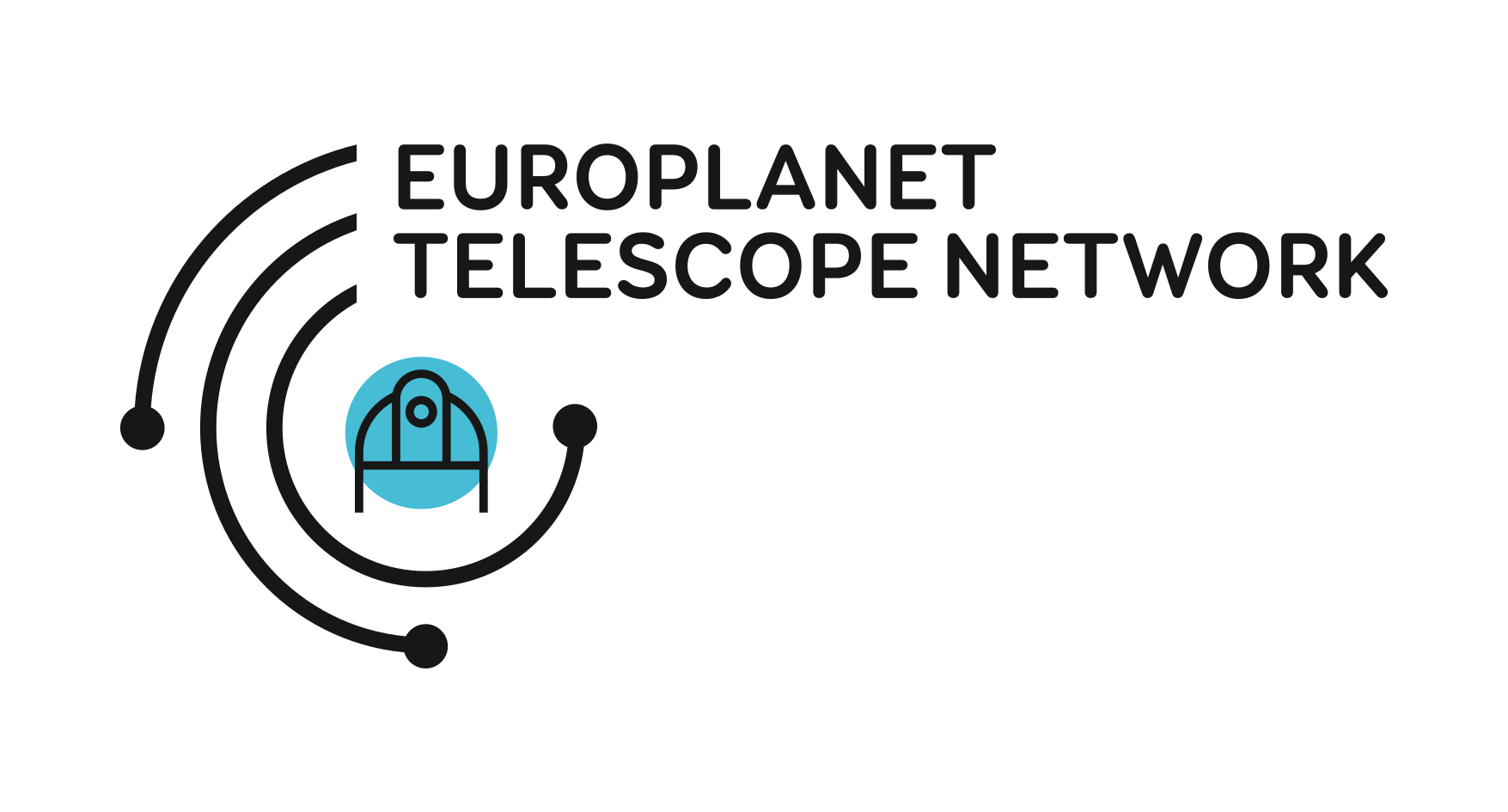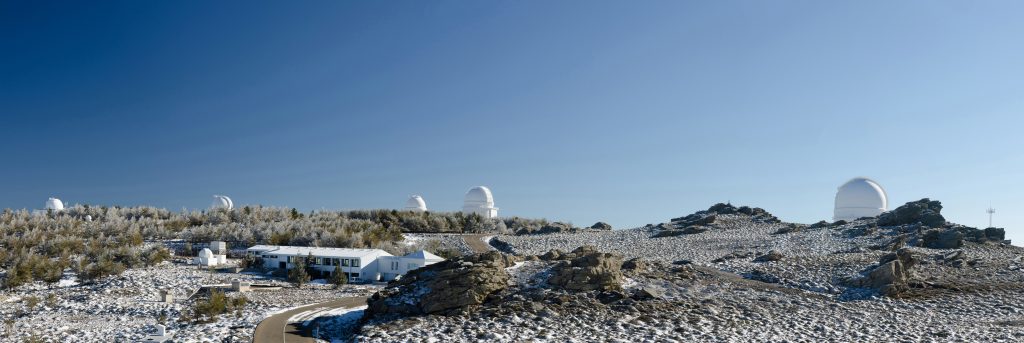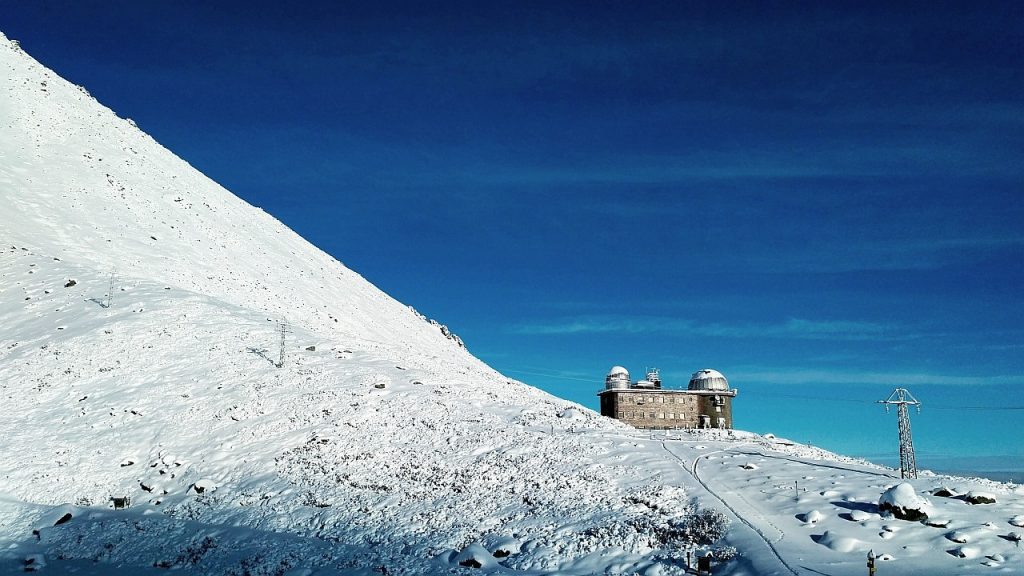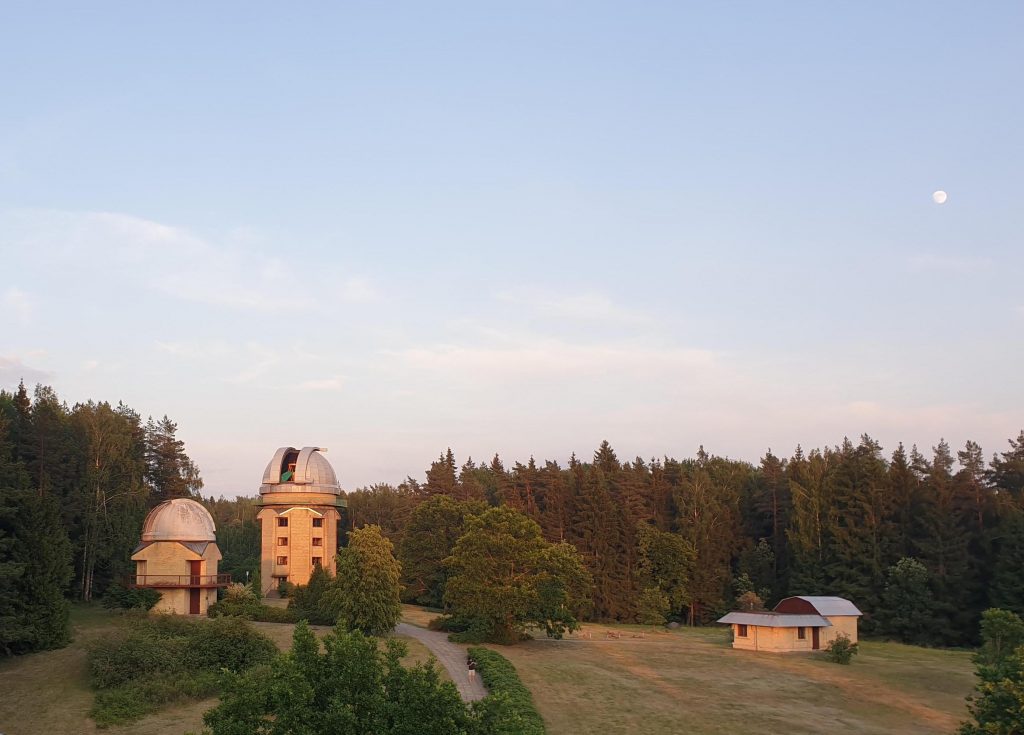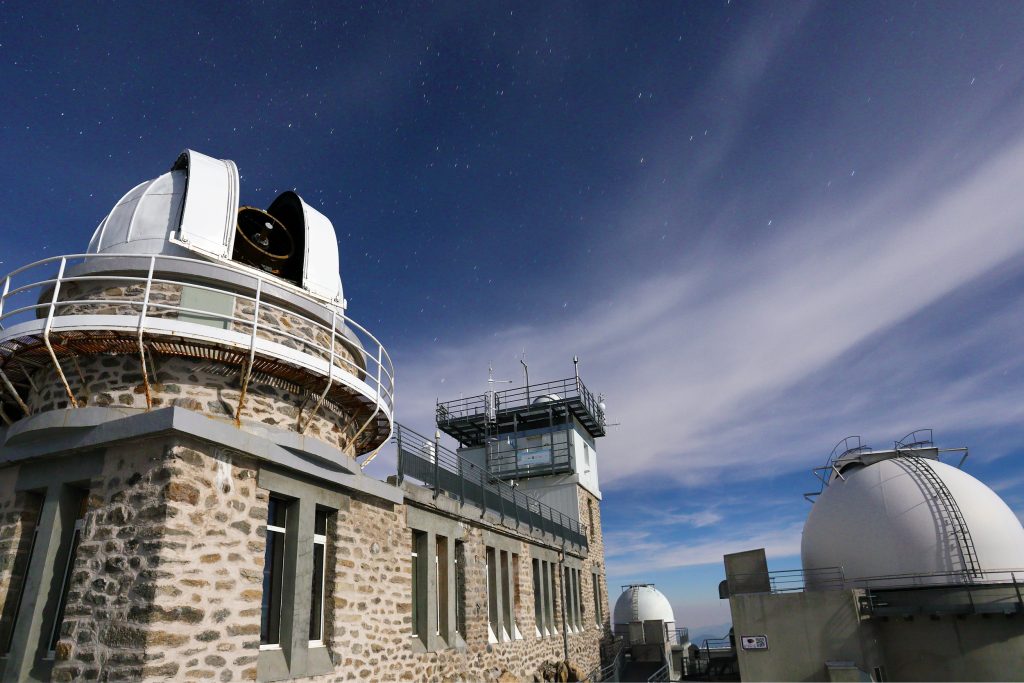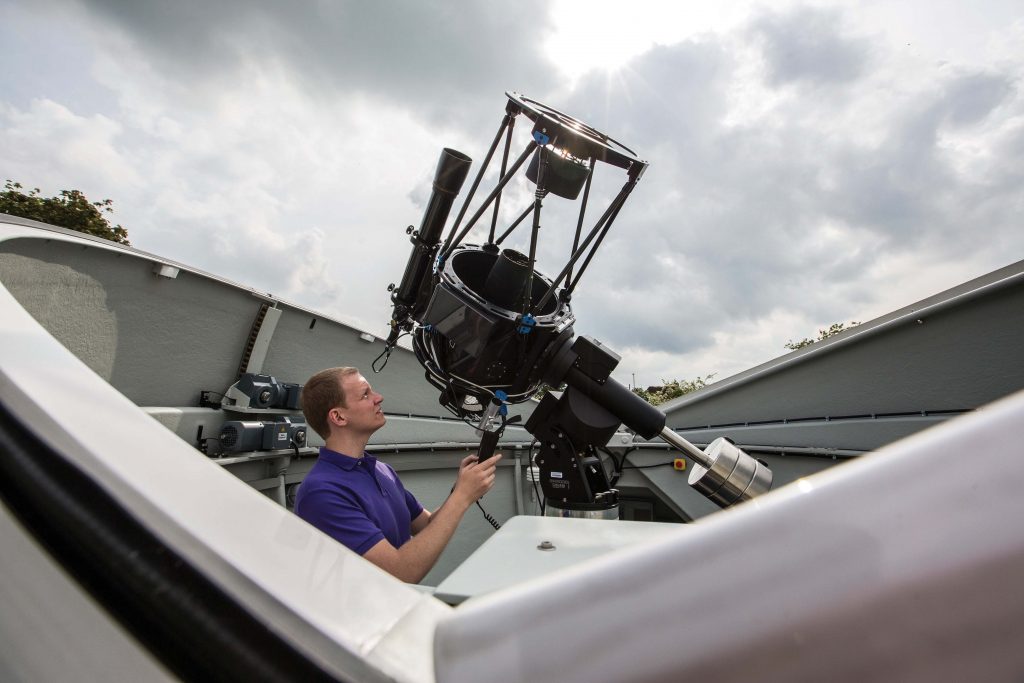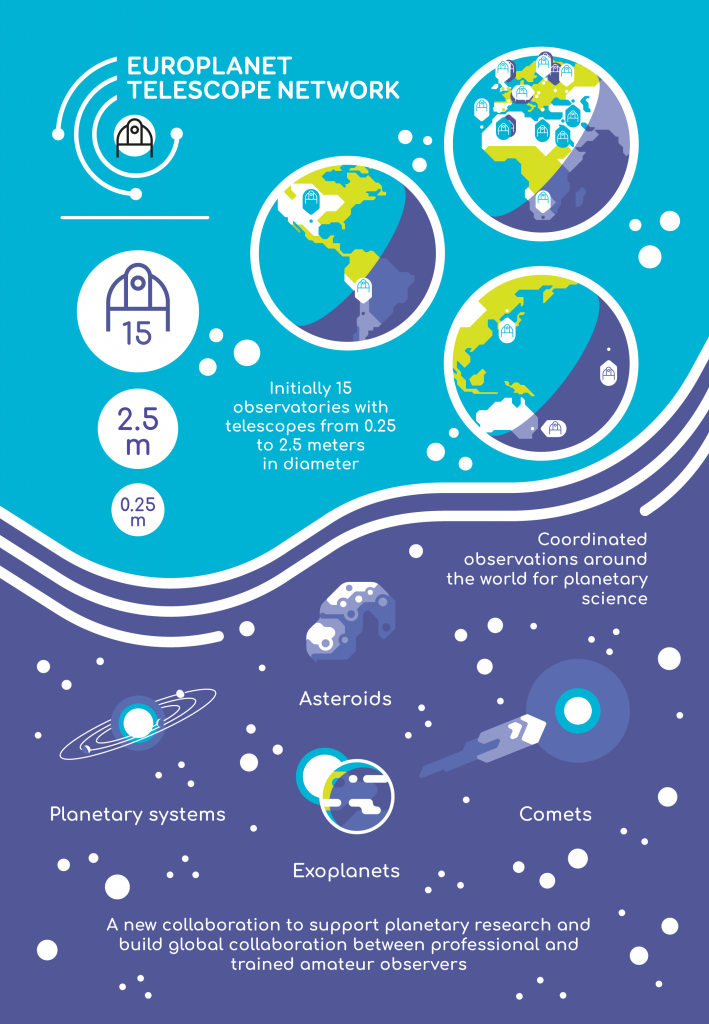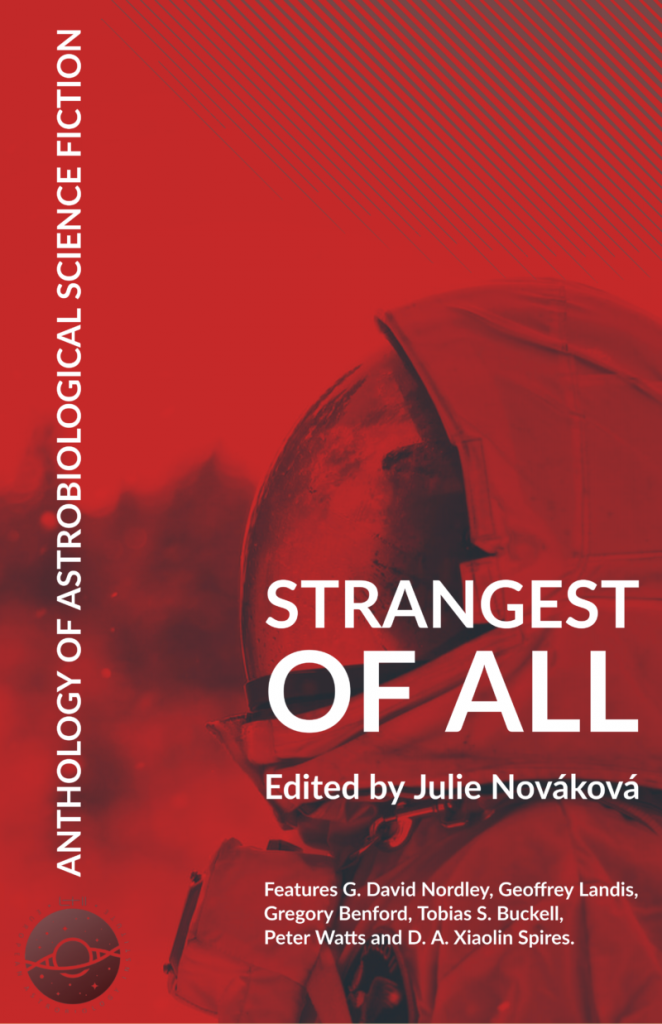InspiredByOtherWorlds arts contest FAQs
- Who can enter?
- Is there a specific topic or subject area?
- Is there an age limit?
- How can I submit my artwork?
- How long should the video be?
- Is there a file size limit of the photos?
- Which file formats will be accepted?
- Are there any specific requirements for the content?
- Are there prizes?
- When is the deadline?
- Who is going to judge the artworks?
- Why participate?
Who can enter?
The competition is open to all space enthusiasts, including children, members of the public, schools and clubs, as well as professional or amateur planetary scientists with a passion for the arts.
Is there a specific topic or subject area?
The theme for 2024 is “Returing to Earth”. With missions like OSIRIS-REx and Hayabusa2 in the headlines, this year’s contest looks at ideas around returning to Earth samples and clues on the origin of our Solar system and life! Show us how you have been inspired to create drawings, storytelling, pictures, videos, stop-motion animations, models, craft works or art installations at home.
Is there an age limit?
The competition is open to space and planetary enthusiasts of all ages.
How can I submit my artwork?
To enter the contest, fill in the submission form. In the form, you will be asked to upload your photo or provide link to your video on YouTube or Vimeo. Make sure that the link to your video is working and is accessible to external people or your submission will not be evaluated.
If you want to submit storytelling or poetry, send a photo or image with the text, or make a short video of you performing your work or reading it with accompanying visuals.
You have the option to provide a pseudonym if you would like your artwork to be credited to another name (for instance your social media handle) when displayed online or in our gallery.
The videos and images may be shared in Europlanet outreach activities aimed at the general public and schools and via our social media channels.
How long should the video be?
Videos can be any length up to a maximum of 10 minutes. Longer videos will not be eligible.
Is there a file size limit of the photos?
The submission form allows a maximum 10 MB file size to be uploaded. If your art requires a larger file size, please email stavro.ivanovski@inaf.it for further instructions before submitting the form.
Which file formats will be accepted?
For photo submissions, JPG, GIF (including animated GIF) or PNG formats are accepted. For video artworks, you will need to upload your video file to a sharing platform (Youtube, Vimeo, etc) so we recommend that you use a format accepted by the majority of platforms (the most common formats are .AVI and .MP4). This link has useful information on preparing videos to share on social media.
Are there any specific requirements for the content?
If you are using illustrations that you have not created yourself you must check that you have the necessary permissions and include the correct credits. There are no fixed templates, so be creative!
Choose a good title for your artwork to help us understand your inspirations and make your submission stand out.
How do I make a video?
You can use whatever device you have available to record your video – your phone, your laptop, a camera… it’s up to you. You can edit, adapt and add as many (or few) effects as you wish.
Are there prizes?
Winners in categories (e.g. adult, youth, schools) will receive an ESA gift voucher.
When is the deadline?
The deadline for the competition is 09 September 2024. Late submissions will not be accepted.
The winners will be announced by Friday 13 September 2024.
Who is going to judge the artworks?
All artworks will be accessible through a dedicated online gallery on the Europlanet website. All artworks submitted will be considered by a panel of planetary scientists and artists. (Depending on entry numbers we may split into age/topic/type categories.) We will evaluate the submissions in each particular category according to the following criteria: inspiring idea, performance, original content and clarity.
All participants will be named Europlanet Participating Artists and featured on our website.
Why participate?
Art is meant to inspire. Art is meant to be shared. Art allows us to go beyond our limits. Planetary science takes us beyond the limits of our world. This year’s theme is “Returning to Earth”. Let your imagination take us on a voyage through our Solar System and back to Earth! Show us how you have been inspired to create drawings, storytelling, pictures, videos, stop-motion animations, models, craft works or art installations at home. Get creative with InspiredByOtherWorlds!





